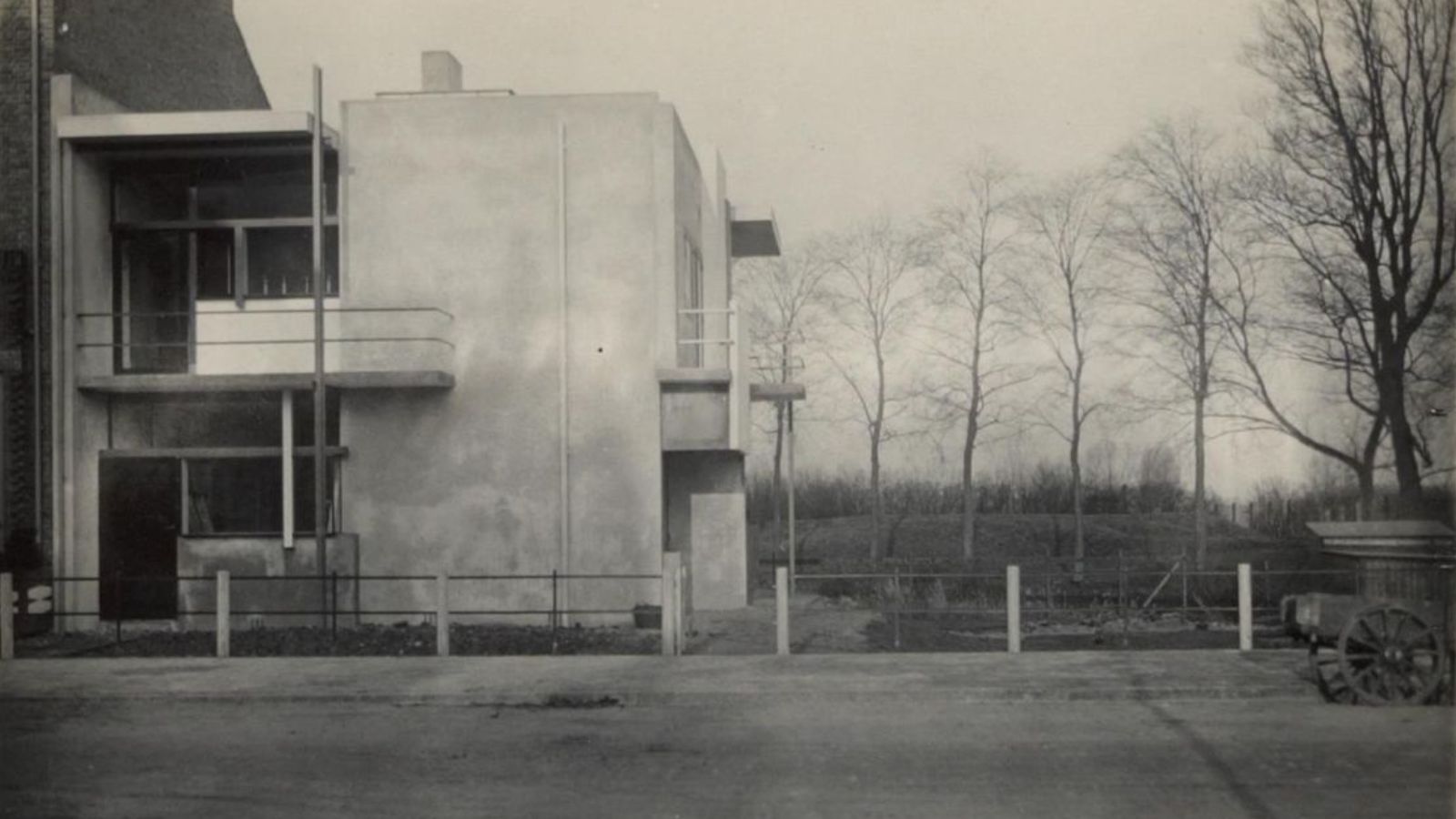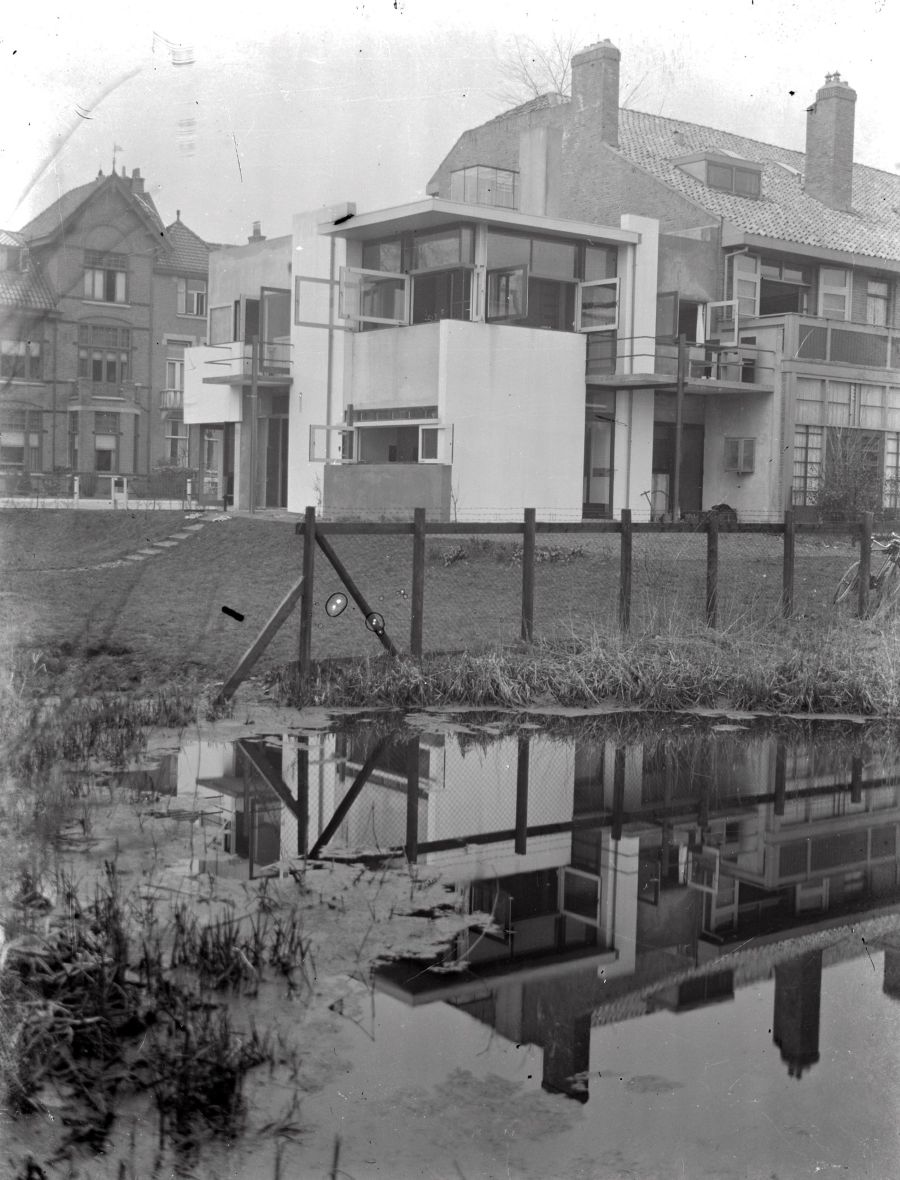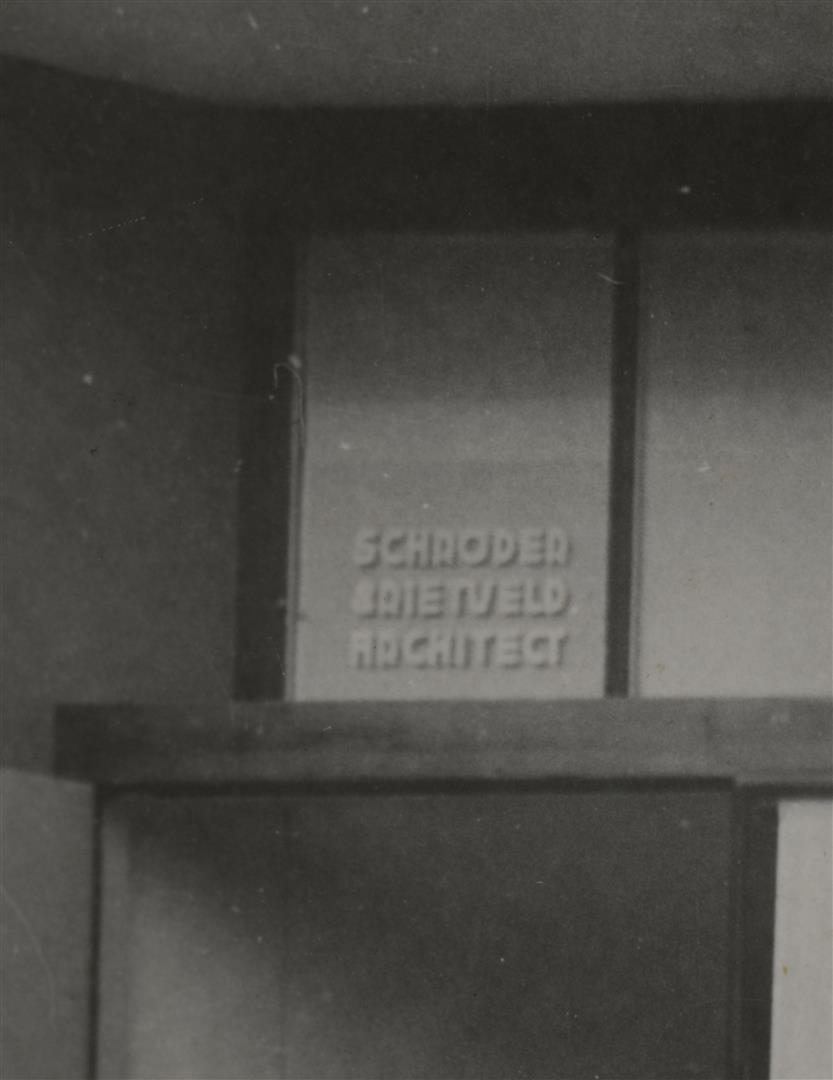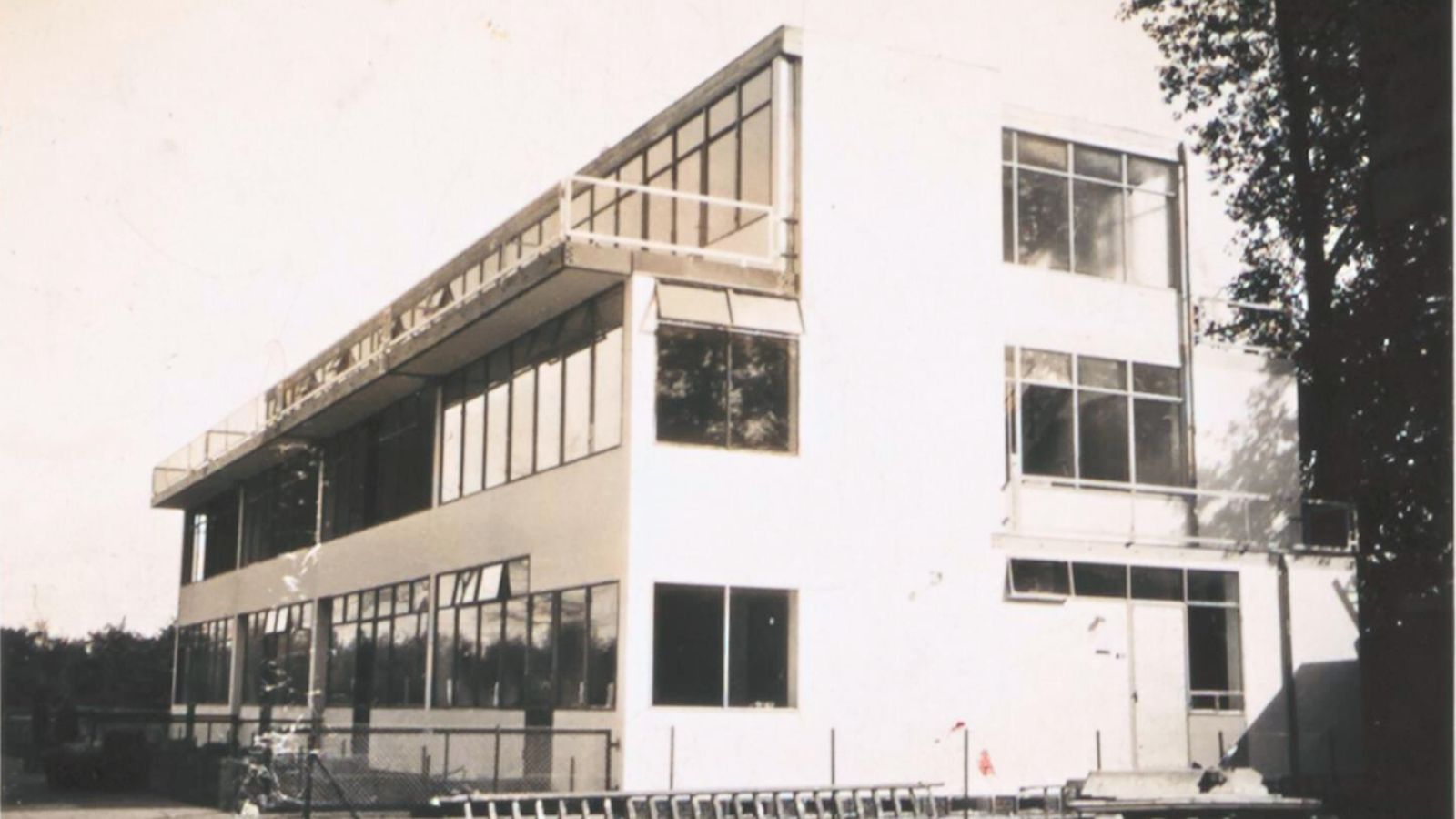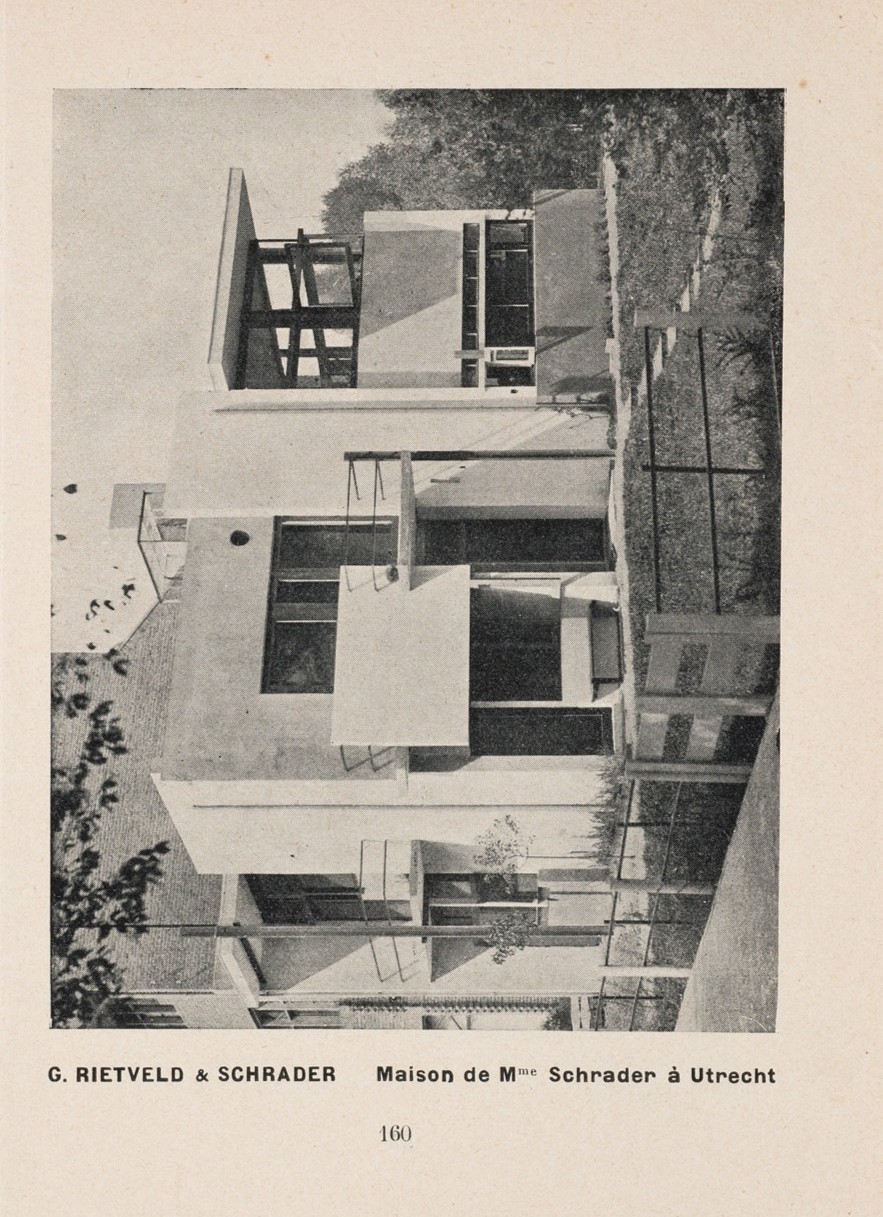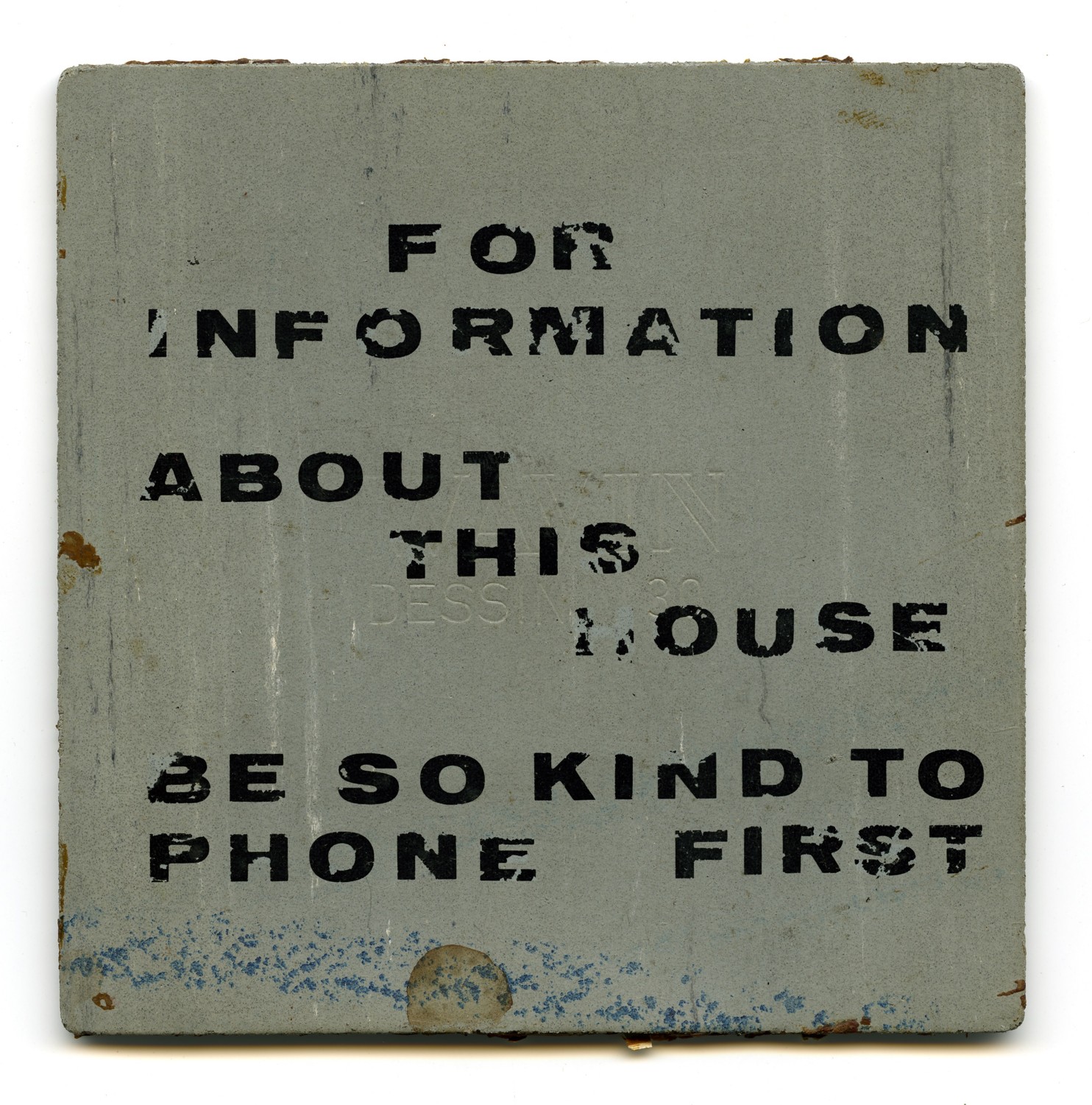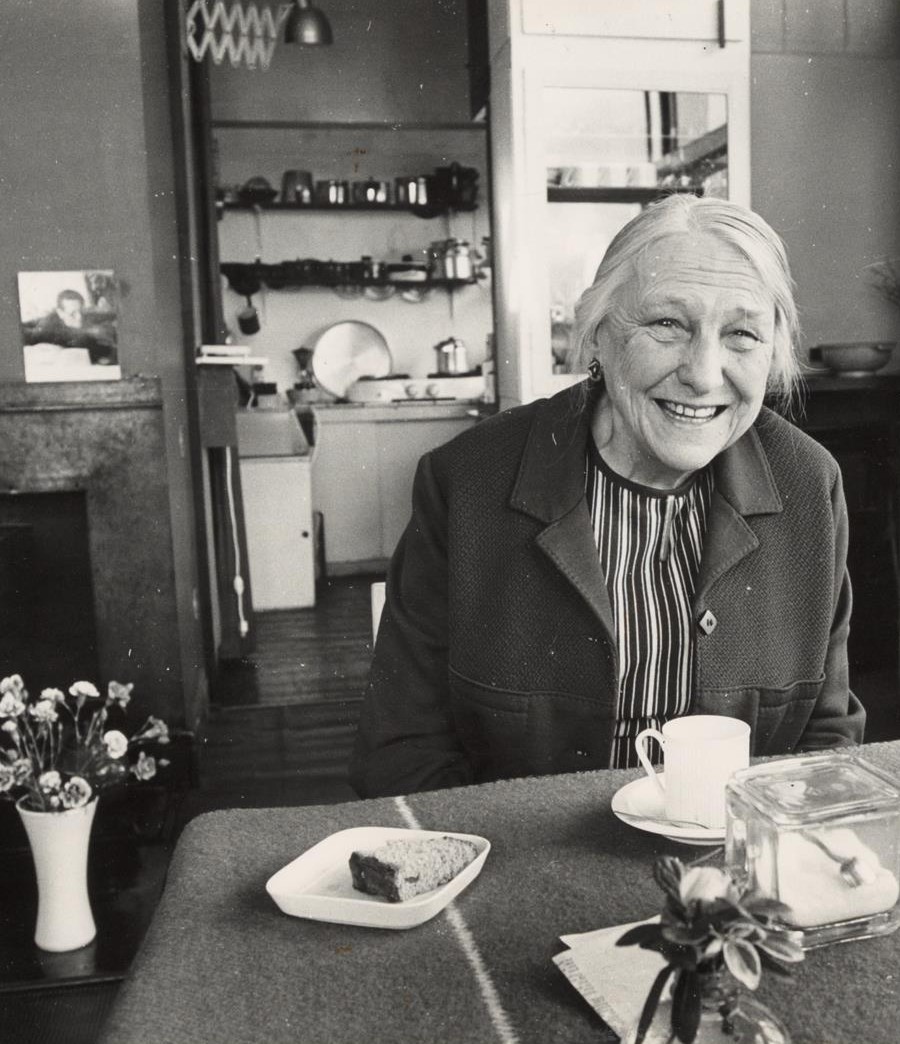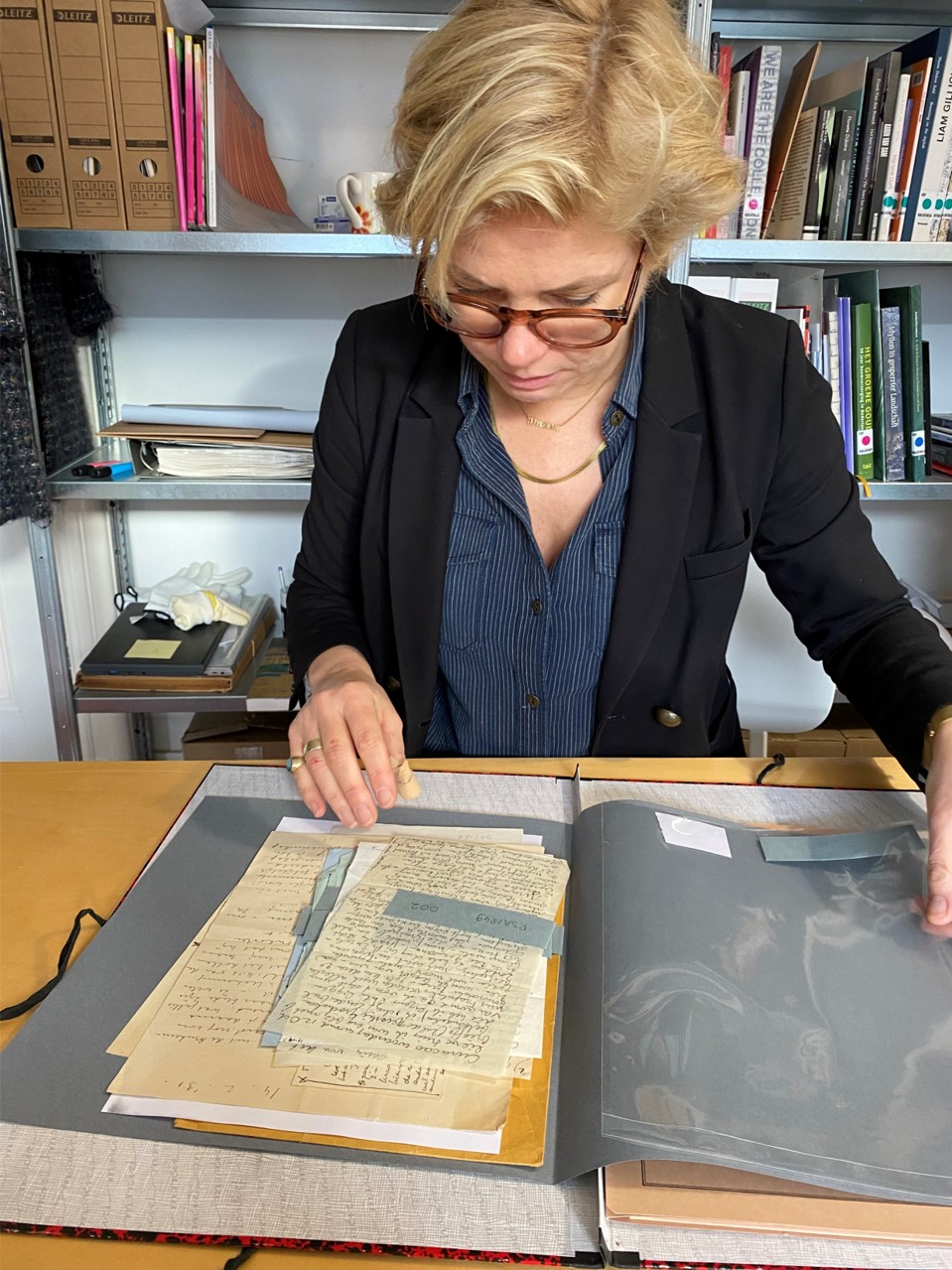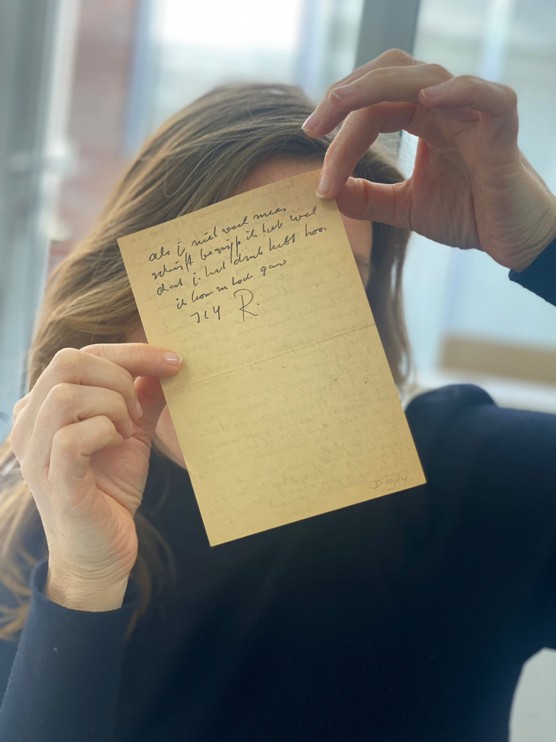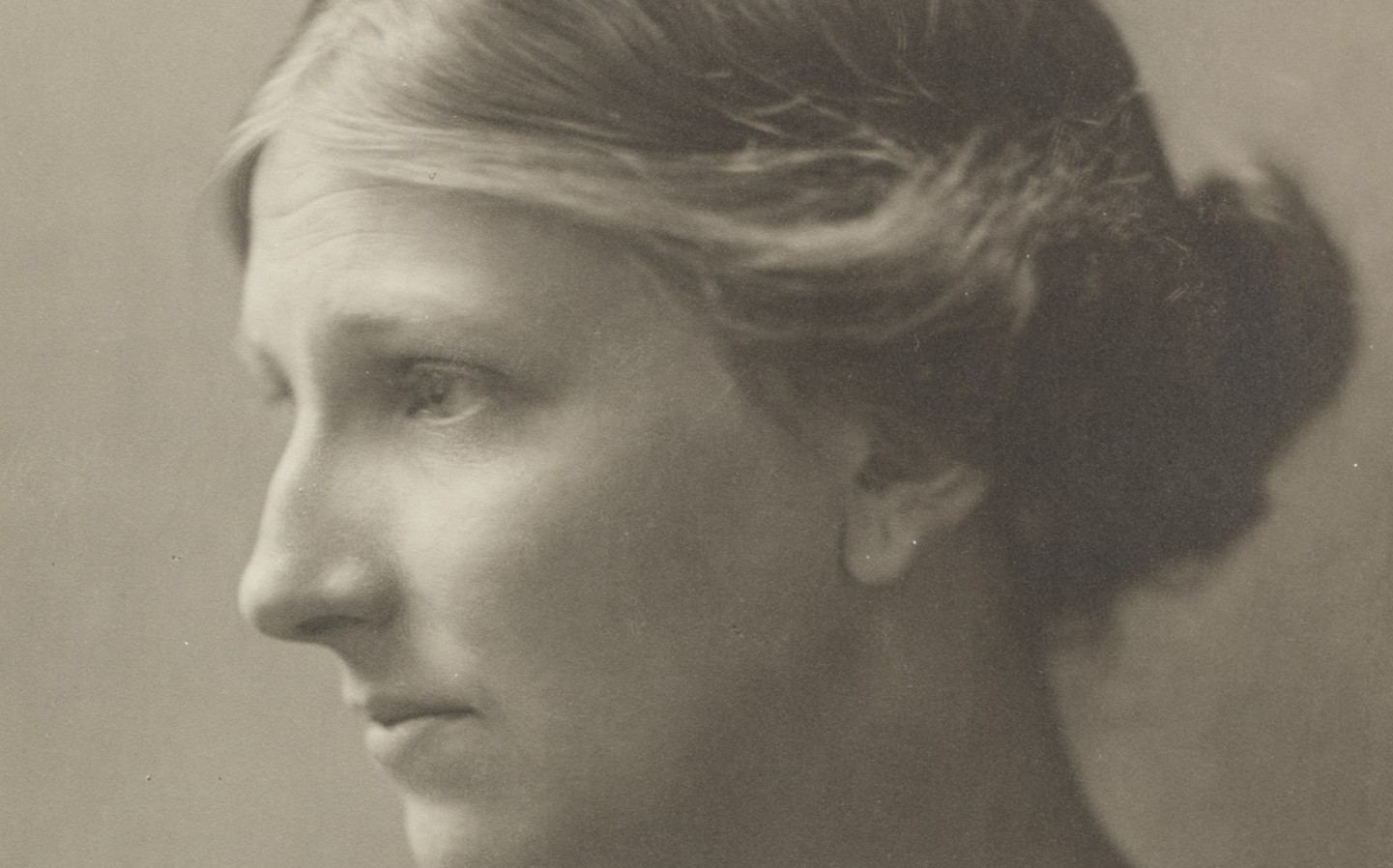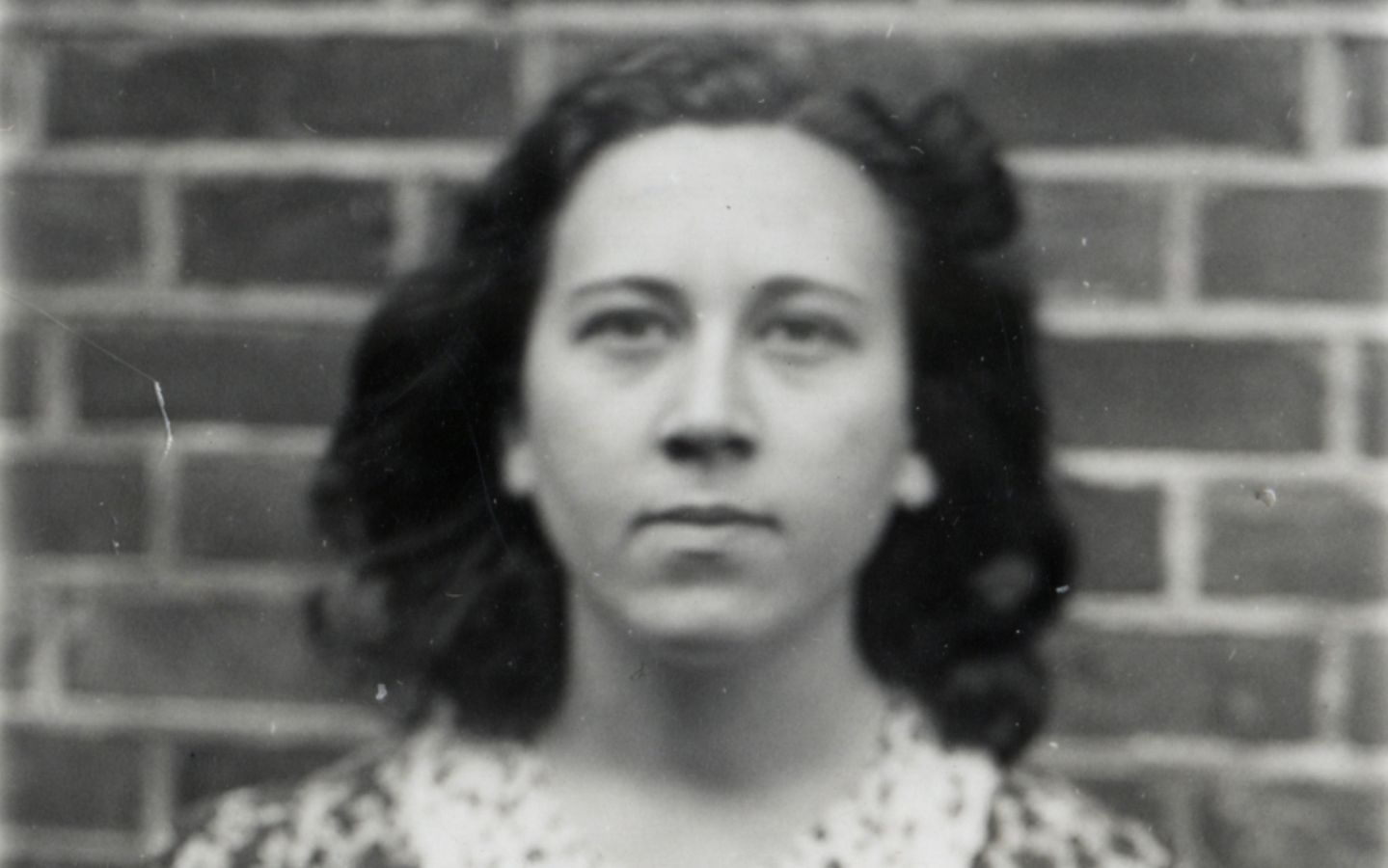The Rietveld Schröder House
The vivid living history of a house that has no equal. Inhabited from 1925 to 1985.
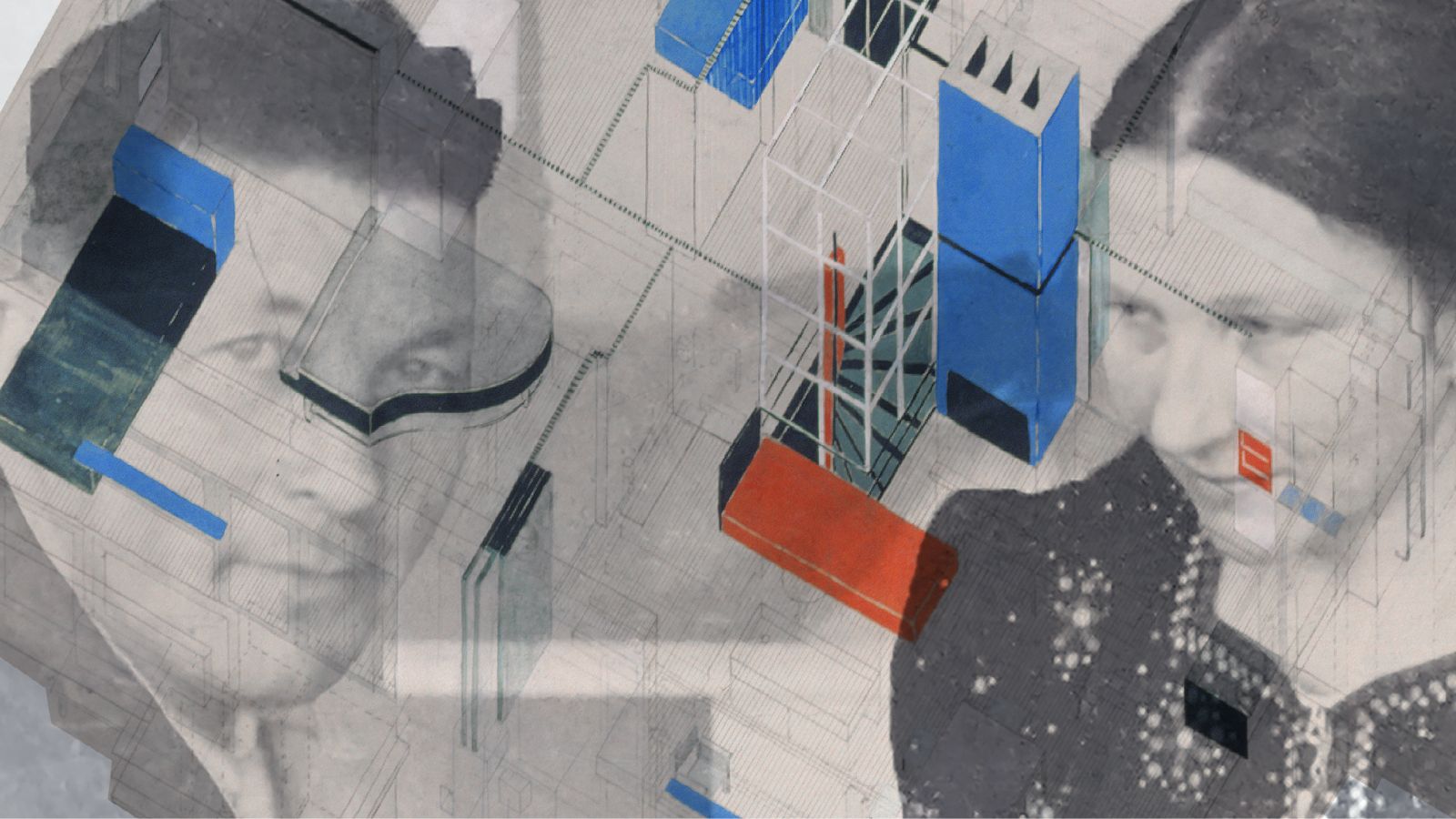

The story of the Rietveld Schröder House.
A hundred years ago, a house was built in Utrecht unlike any other. It was a building ahead of its time, designed in a way the world had never seen before. Characterised by horizontal and vertical lines and primary colours, it’s as if a Mondrian’s painting leapt into three dimensions.
1924
The first world war had just ended; the style in which they generally built was art deco. Women wore long skirts and lots of lace, rich gentlemen walked the streets with canes and top hats. People were burning wood and coal, there were just electric street lights and the ambulance was still a wooden cart pulled by horses.
Back then, this house was built at the Prins Hendriklaan in Utrecht. Without precedent and without a blueprint. It was born from bold imagination and fearless innovation. Only those with vision and courage could make this into a reality. Meet Gerrit Rietveld and Truus Schröder: free spirits who dared to shape the future.
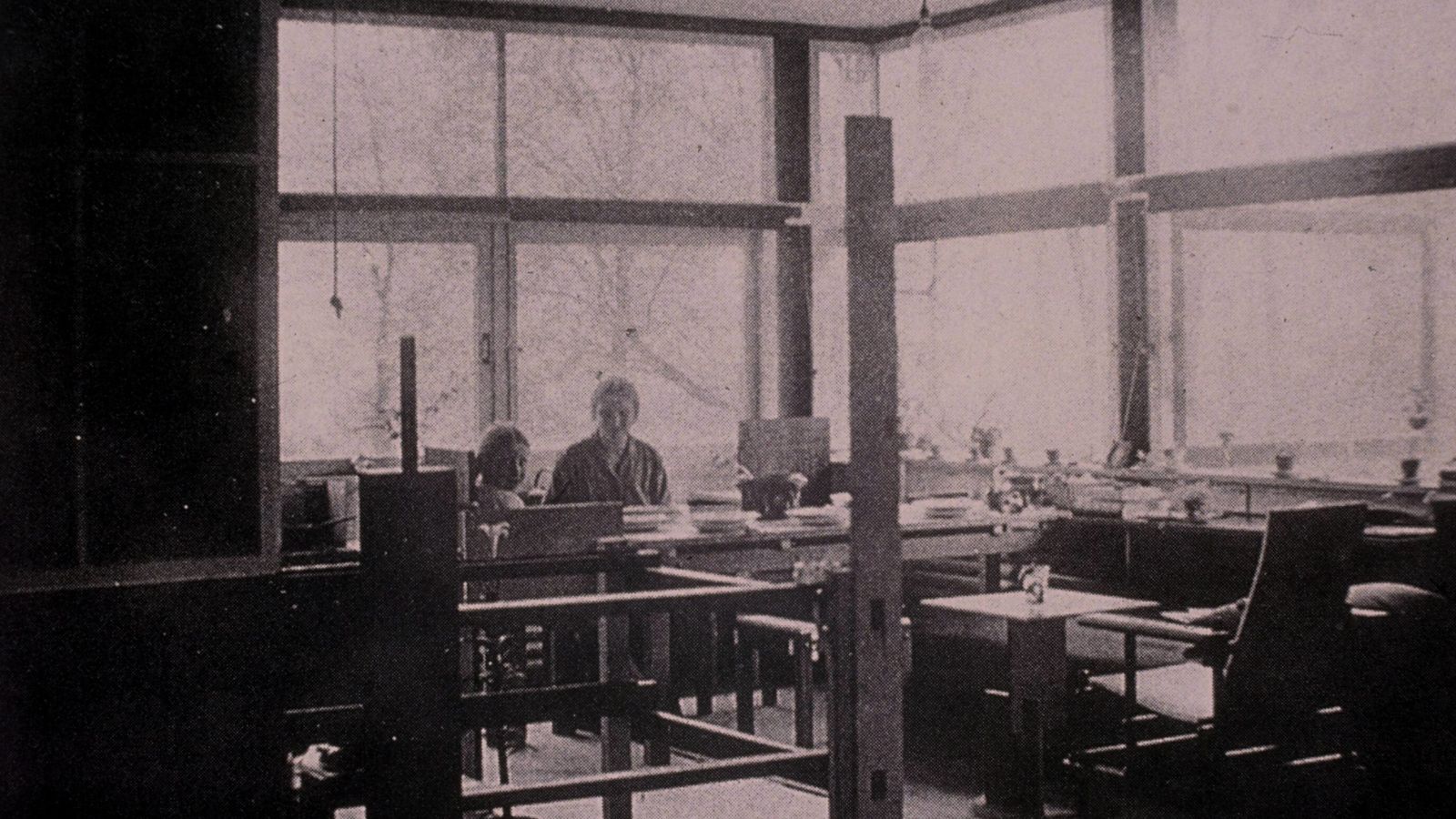
A living machine full of smart solutions
In January 1925, Truus Schröder moved into the house with her three young children Binnert, Marjan, and Han. They mainly lived on the first floor. By day, this space was open and filled with light; by night, it transformed into private bedrooms, thanks to ingenious sliding walls.
More so than a home, it was a living machine. Designed for a more intentional way of living, freed from the weight of excesses and lots of possessions.
Living & working
Schröder and Rietveld started an architectural firm together in the house: Schröder and Rietveld Architect. The office was situated on the ground floor.
Rietveld & Schröder Architect
Truus Schröder and Gerrit Rietveld designed the interior of the house of Schröder's sister and her husband in Amsterdam, as well as houses for wealthy clients in the province of Utrecht. Additionally, they also designed the view from the Rietveld Schröder House together: an apartment block on Erasmuslaan, across the street.
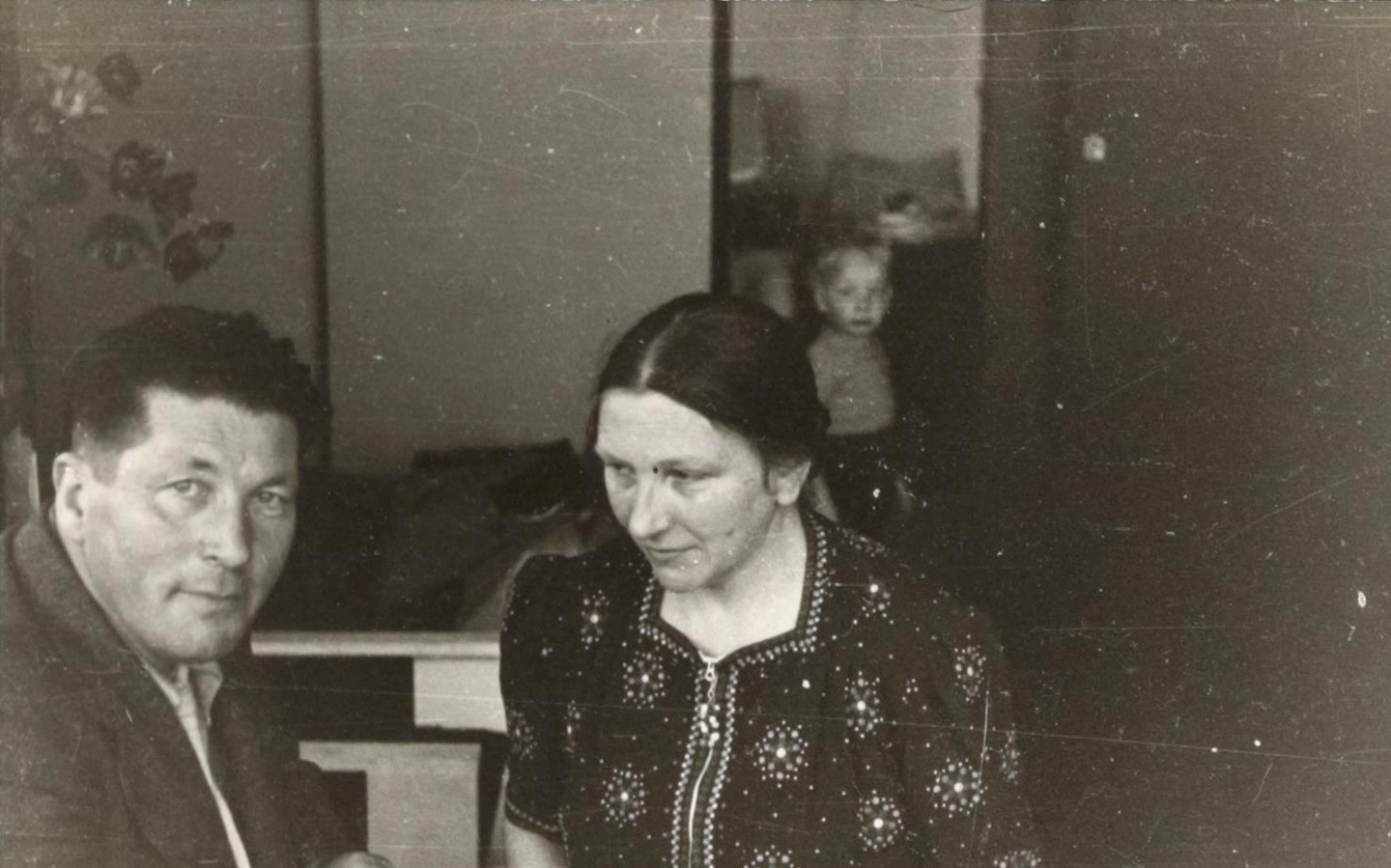
1 + 1 = 1
Gerrit Rietveld and Truus Schröder are inextricably connected, in love but also in work. Or as Han Schröder quotes her mother: 1 + 1 = 1.
Truus Schröder played a more significant role in the creation of the Rietveld Schröder House than previously acknowledged. However that raises the question: who was responsible for what? Schröder herself explained this with a thoughtful comparison: “This house was our child. With an actual child, you also don't ask who is responsible for which part, do you? “Riet starts from the experiment and I stick to the theory”. They complemented each other well.
Architectural highlight of De Stijl
Rietveld did not involve the members of De Stijl, including founder Theo van Doesburg, in building the house. It truly was a creation of Rietveld and Schröder together. However, the house quickly received international interest and recognition as an architectural highlight according to De Stijl principles.
In many publications, Schröder is mentioned as co-designer of the house. The house was featured in De Stijl magazine four times, with both Rietveld and Schröder credited alongside the photographs. Later, Schröder, being the only woman, also joined De Stijl movement as “principle employee”. This is noted in the tenth anniversary issue of the De Stijl magazine.
A slap in the face to Dutch citizenship
At first, locals were sceptical - to say the least. A house with oversized windows and no curtains, openly visible from the street. It was quite unsettling for people passing by or living nearby. As Binnert Schröder described it: “it was a slap in the face to Dutch citizenship.”
Still, curiosity prevailed. A lot of people came to see the ‘crazy house,’ and were drawn by its radical design. And though Truus valued her privacy, she welcomed many visitors for a quick peek inside.

Gerrit Rietveld
Rietveld was a furniture maker, but with the Rietveld Schröder House, he established himself as an architect. It did take a while before the jobs came. Rietveld explains: “Every true creation (...) changes the insight, requirements and needs of the time and comes into conflict with the prevailing demands and needs of previous periods. So a creation must take over instead of meeting the prevailing requirements of necessity.”
A home that grows with you
Schöder continued to work and live in her dream home at various stages of her life. First with her children, then with sub-tenants and, at at last with Rietveld together and finally alone. The house changed with her. A floor was built on top of the house, the kitchen was moved and rooms were converted to rent out.

When Binnert and Marjan left home, Schröder rented the upstairs apartment to a Montessori school nursery class during which she and her youngest daughter Han lived downstairs. She didn't like living downstairs one bit. So shortly thereafter they packed up their stuff and temporarily moved to the apartment block across the street that she and Rietveld designed together. From there she could still see her house and the children playing in her garden. In 1936, she returned to her home.
Much has already been written about Rietveld and the house, particularly about the architecture. However, there wasn’t any literature on the residential history of this world-famous house yet. The house was occupied until Schröder's death in 1985 and was bursting with life.
Truus Schröder
Newly uncovered letters from Truus Schröder to her daughter Han and other new material from the archives provided lots of new insights. The letters provide a lot of information about her special home, her relationship and cooperation with Gerrit Rietveld and about her own work and role in the design.
A biography of the house
In honor of the 100th anniversary in 2024, the book “Rietveld Schröder House - a biography of the house” was published, a rich visual biography “full of thrilling love” (-Trouw). Thanks to the letters, writers Natalie Dubois and Jessica van Geel were able to give words and explanations to the thousands of photos, drawings and notes in the archive. With Schröder's own words, the house's residential history comes back to life. This bilingual publication was published by Belgian publisher Hannibal and designed by Irma Boom.


